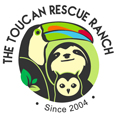Toucan Rescue Ranch Blog
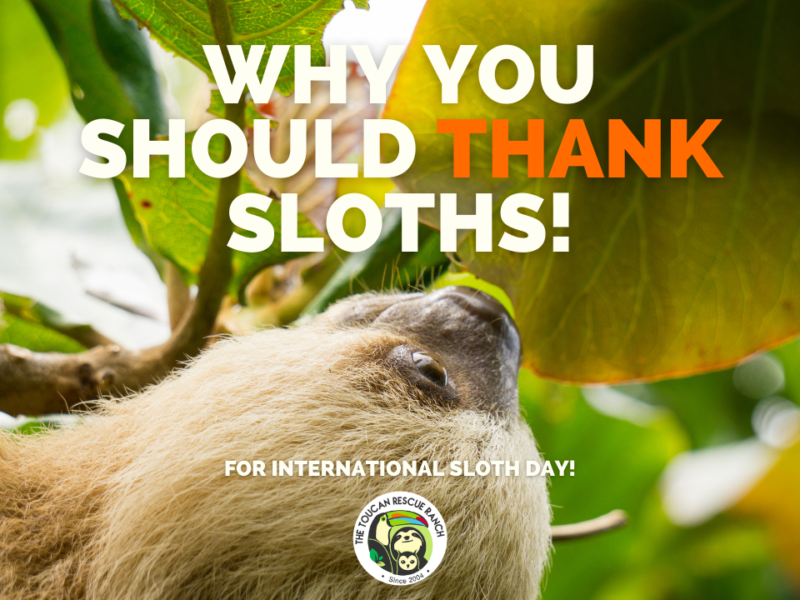
Be Thankful to your friend the Sloth for International Sloth Day!
Posted by Zara Palmer on October 19, 2021Sloths are some of the most interesting animals to have ever graced the earth, and yet they remain quite the unknowable little critters. The group that contains sloths, Xenarthrans, began evolving 65 million years ago, during the age of the dinosaurs. Ever since then these curious fuzzy creatures have diversified and become some of the most interesting and odd-looking groups of animals to ever exist.
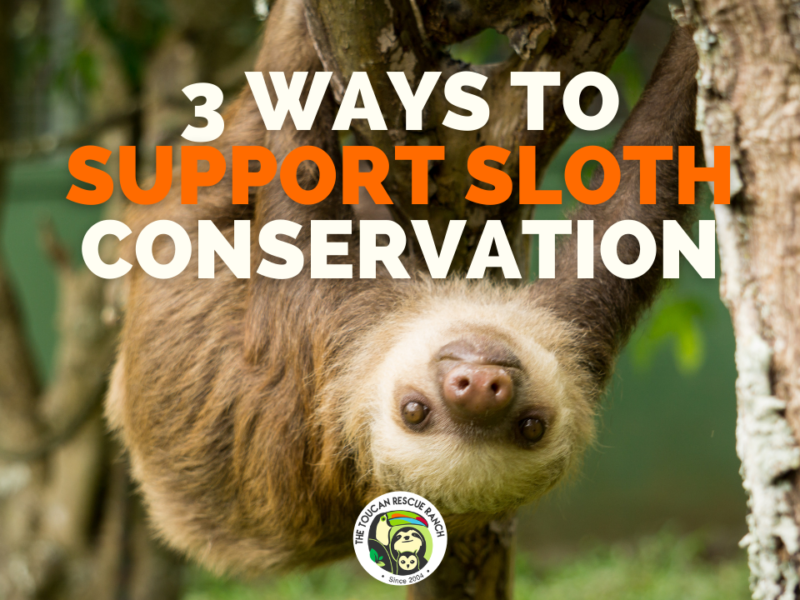
3 Ways to Support Sloth Conservation
Posted by Zara Palmer on October 9, 2021Did you know that October is Sloth Month? If not, now you know! Being one of the most amazing animals that live in Costa Rica, we know more than one of you is not only in love with these adorable creatures but invested in helping them thrive as a species.
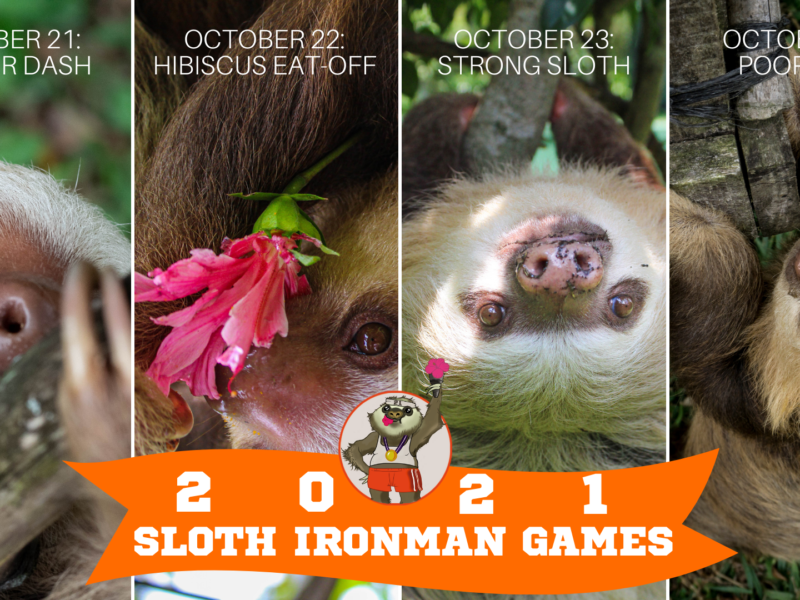
The 6th Annual Sloth Ironman Games: The biggest one yet!
Posted by Zara Palmer on September 29, 2021We know that by now, you know and love the games. Much more than a good laugh, the Sloth Ironman Games are an ode to the resilience of sloths; a love letter to their mysterious nature and adorableness; a fundraiser to support their development and rewilding.

How Wildlife Bridges are Saving Animals from Electrocution in Costa Rica
Posted by Zara Palmer on September 16, 2021The urban development in Costa Rica and the emergence of power lines running throughout the country’s rich wildlife habitat have endangered the lives of many native animals including monkeys and sloths via electrocution. Conservation group Toucan Rescue Ranch have found ways in working with local companies and communities to create wildlife bridges that allow animals to cross tree canopies and roads safely.
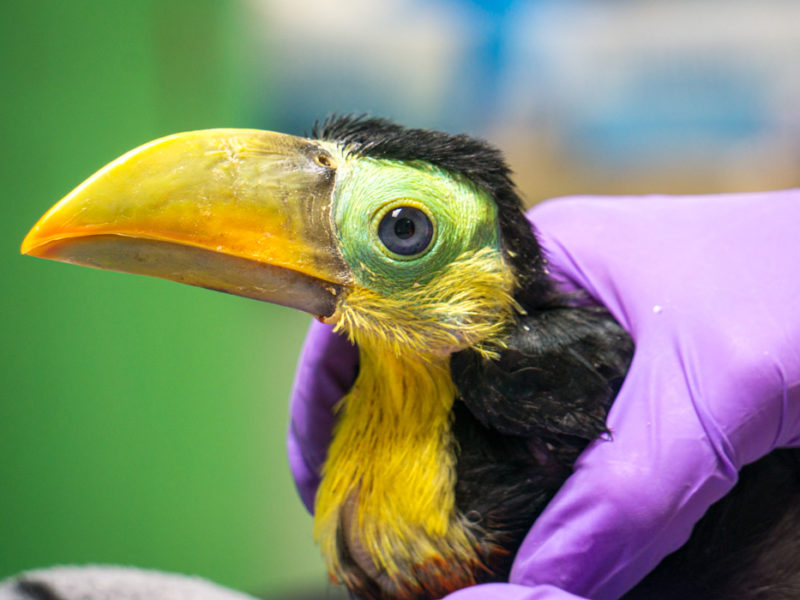
¡Grandes noticias! Toucan Rescue Ranch se convierte en una organización deducible de impuestos
Posted by Zara Palmer on September 9, 2021Toucan Rescue Ranch recibió increibles noticias por parte del Gobierno costarricense este mes. Como han de saber, nuestra organización es una fundación sin fines de lucro tanto en Costa Rica como Estados Unidos. Desde hace algunos años, somos una organización con deducible de impuestos para donaciones en EEUU, lo cuál significa que quienes donan a nuestro centro, pueden reclamar el monto donado como un deducible de impuestos, y así pagar menos de los mismos al gobierno. Y ahora, ¡también nos convertimos en deducible de impuestos en Costa Rica!
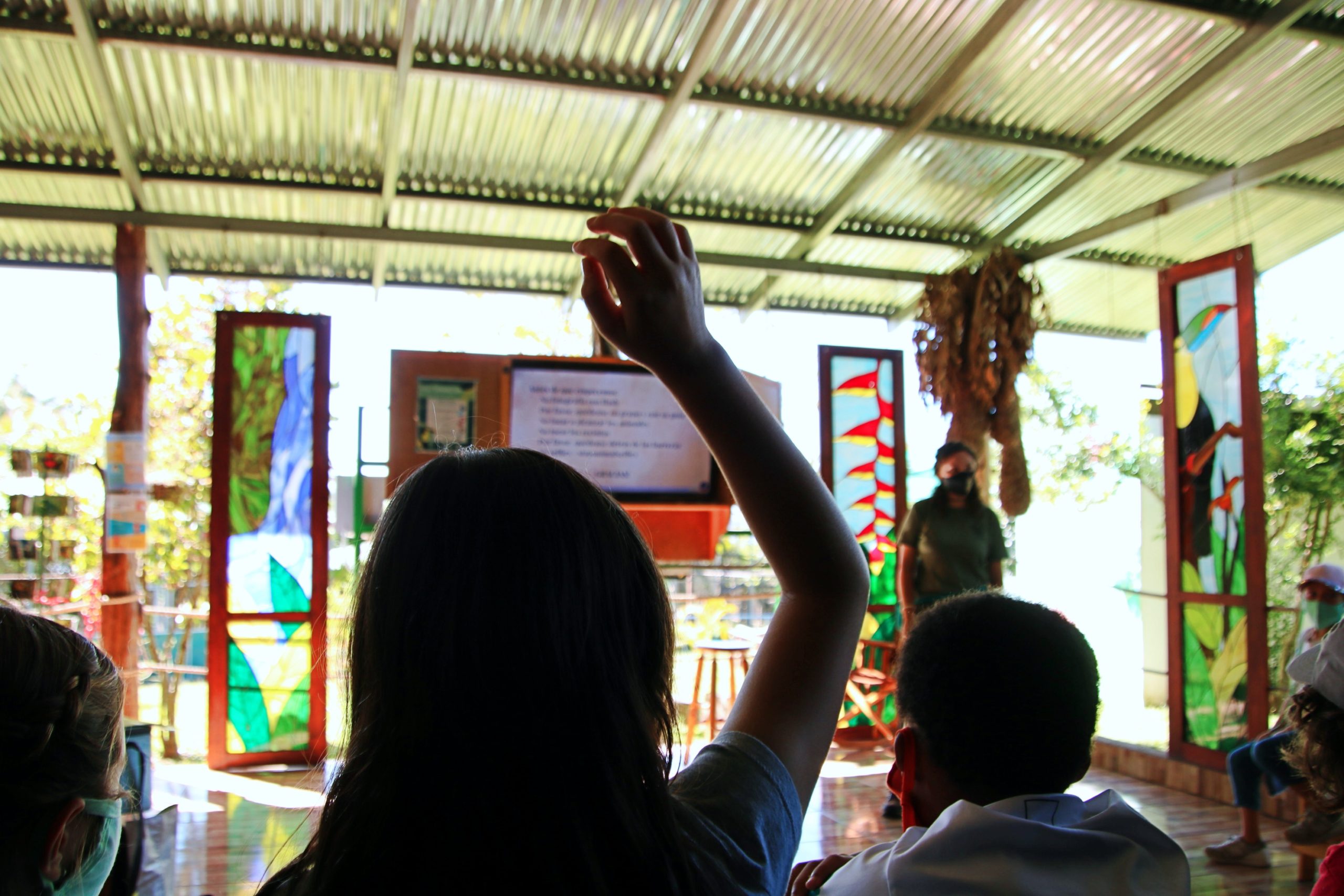
Kidz Korner: Creating a space to inspire the future
Posted by Zara Palmer on August 25, 2021A major part of conservation is involving the younger generations – because it is their future we are fighting to protect the most. As part of our work, we focus on education, not only for children but for communities and everyone who wants to be a part of conservation in Costa Rica. But when it comes to children, we know we can also learn a lot about their insights, their perspectives and encourage them to raise their voices and become active participants in the work we do.
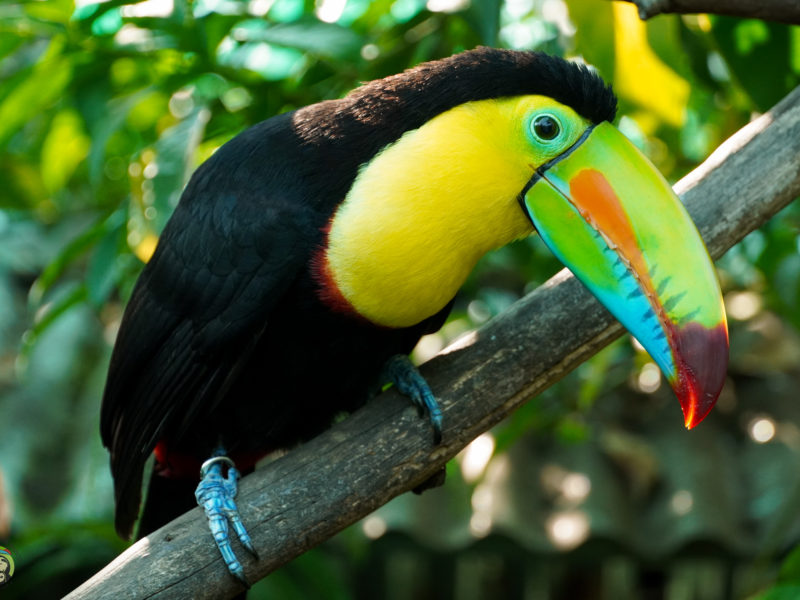
Wildlife Catalog: Keel Billed Toucan
Posted by Zara Palmer on August 18, 2021The Killed-billed Toucan is one of the most iconic species of Costa Rica, its bright colored beak has become synonymous with visions of trekking in the rainforest. Adults are mostly black with a vibrant yellow-feather bib covering their throat and chest and a green ring around their eyes. Your eye however is drawn to the large brightly colored bill, a rainbow of colors: yellow, green, orange and blue with a red tip. Both sexes are similar in color, but the males are larger.
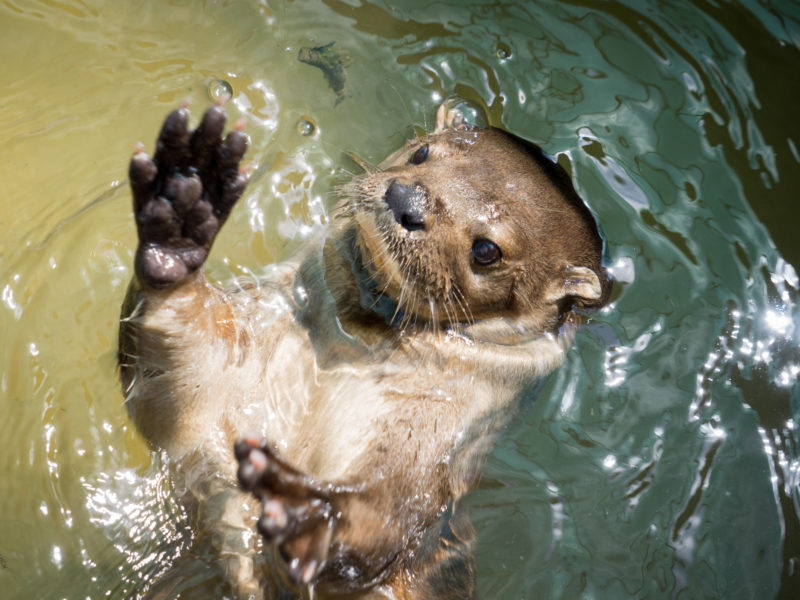
Wildlife Catalog: Neotropical River Otter
Posted by Zara Palmer on August 17, 2021Otters are an animal like no ‘otter’. Long and slender, they mostly resemble their close relatives, weasels, and martens with some quite specific differences. Otters are generally elongated, with extremely flexible spines, allowing for the quick up and down motions needed for underwater locomotion. Neotropical river otters are sexually dimorphic with males being about 25% larger than females.
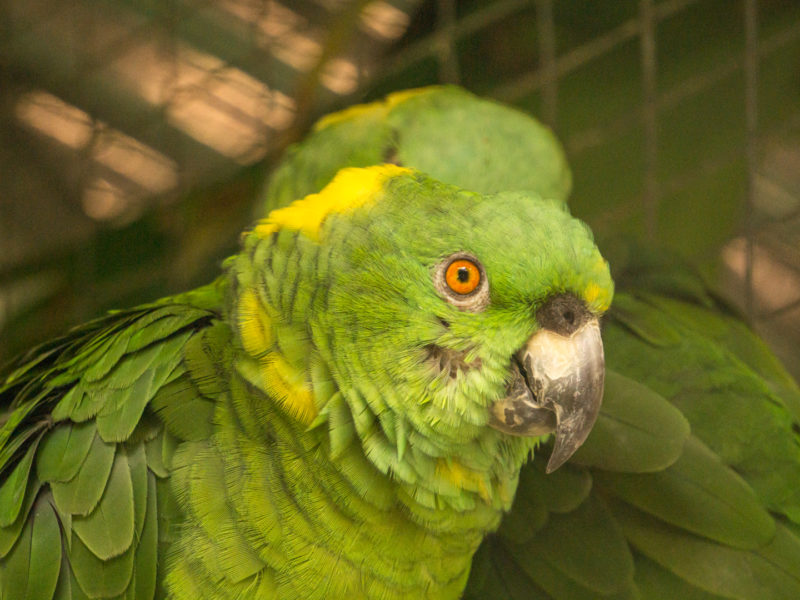
Wildlife Catalog: Yellow-Naped Parrot
Posted by Zara Palmer on August 17, 2021In Costa Rica, yellow-naped amazons are important because they’re the only mid-sized parrot on the Pacific side of the country. They’re also one of the most captured species for the wild animal trade. Yellow-naped parrots are recognized for their bright personalities, melodious voices, and willingness to imitate sounds, making them particularly attractive to poachers.

